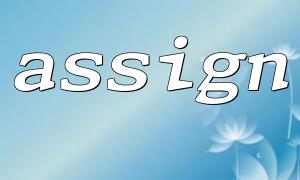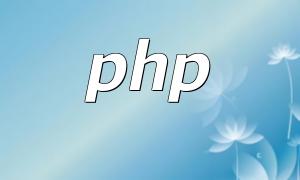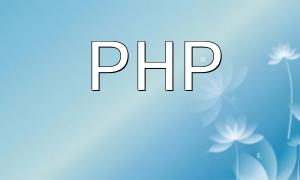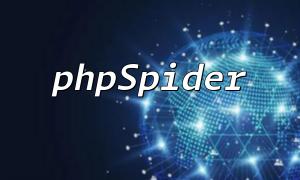Introduction
In today's web development field, ASP, JSP, and PHP are three widely used technologies. Each has its own unique strengths and weaknesses. Choosing the right technology is crucial for building efficient and maintainable websites. This article offers an in-depth comparison and analysis of these three web development technologies to assist developers in making informed decisions.
ASP (Active Server Pages)
ASP is a server-side scripting technology developed by Microsoft, supporting languages such as VBScript and JScript to create dynamic web pages. The advantages of ASP include:
- Excellent compatibility with Windows Server: ASP integrates seamlessly with IIS servers, making it suitable for deployment in Windows environments.
- Robust development tool support: Tools like Visual Studio significantly enhance development efficiency.
- Higher security assurance: Due to its close dependence on the Windows system architecture, ASP provides a certain level of security.
However, ASP also has some drawbacks:
- Higher operational costs: Requires Windows Server and related licenses, which increase expenses.
- Limited cross-platform support: Compatibility is poor in non-Windows environments, limiting its application scope.
JSP (JavaServer Pages)
JSP is a Java-based server-side technology that allows embedding Java code within HTML pages. Its advantages include:
- Strong cross-platform capability: Runs on any server environment that supports Java.
- Rich Java ecosystem support: Access to an extensive Java library makes implementing complex functions easier.
- Good execution performance: Compiled JSP pages typically perform efficiently.
JSP’s drawbacks mainly are:
- Steep learning curve: Java-related knowledge can be challenging for beginners.
- Slower development speed: Compared to dynamic languages, development cycles might be longer.
PHP (Hypertext Preprocessor)
PHP is a widely used open-source server-side scripting language, particularly suited for web development. Its advantages include:
- Open source and free: Reduces development costs and has a broad user base.
- Easy to learn and use: Simple syntax helps beginners get started quickly.
- Strong community support: Extensive documentation and an active developer community facilitate problem-solving.
However, PHP also has limitations:
- Performance bottlenecks: May be less efficient when handling complex logic.
- Security risks: Due to its widespread use, PHP sites are often targeted by attacks and require enhanced security measures.
Conclusion
ASP, JSP, and PHP each have their strengths and weaknesses. Selecting the right technology should consider the project's specific needs, team skills, and budget. ASP performs well in Windows environments; JSP is better suited for cross-platform deployment; and PHP is ideal for projects seeking rapid development and strong community support.
Regardless of the technology chosen, it is essential to focus on performance optimization and security protection to ensure stable and efficient website operation. We hope this article provides valuable insights for your web development technology selection.









